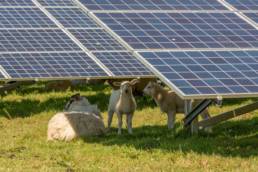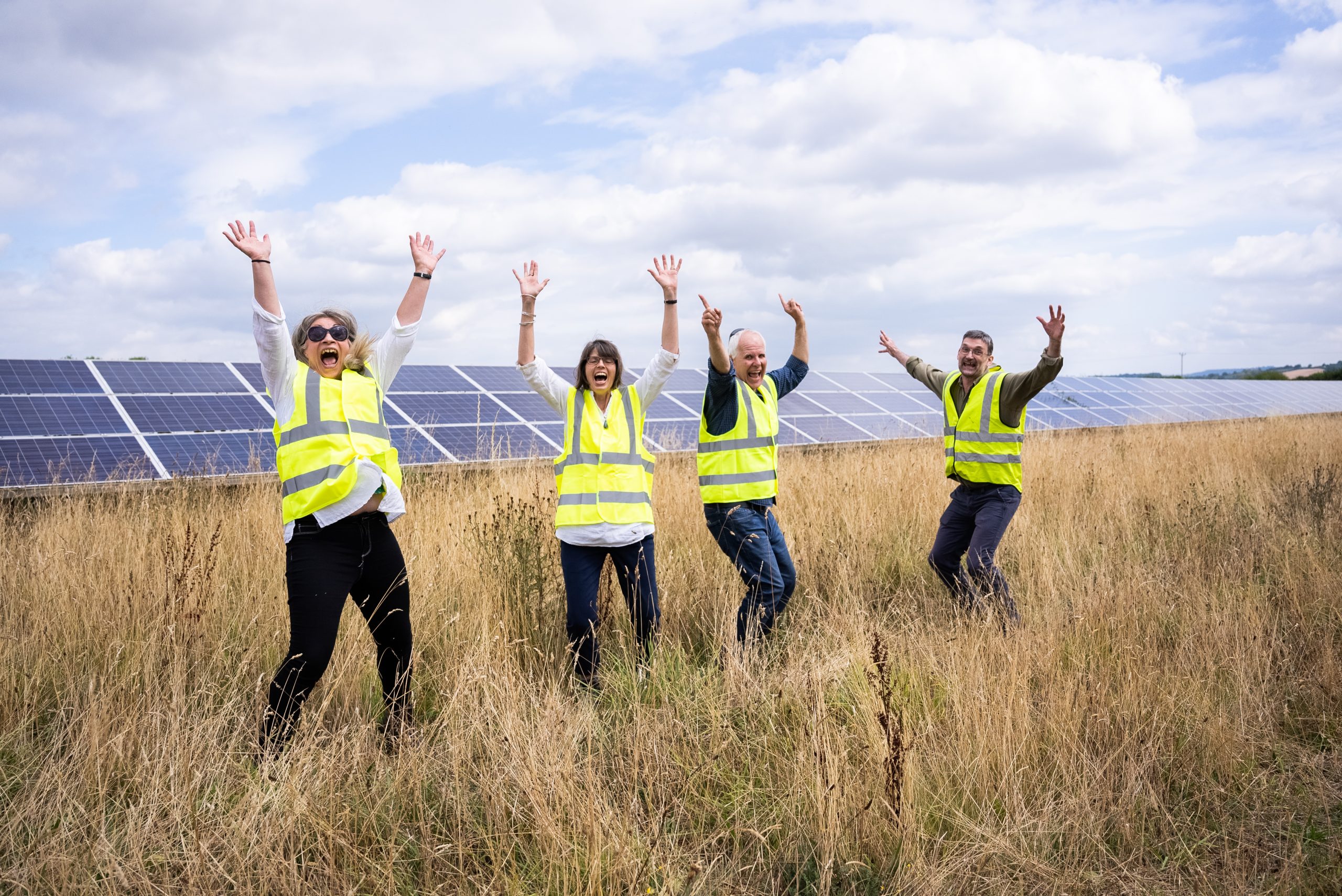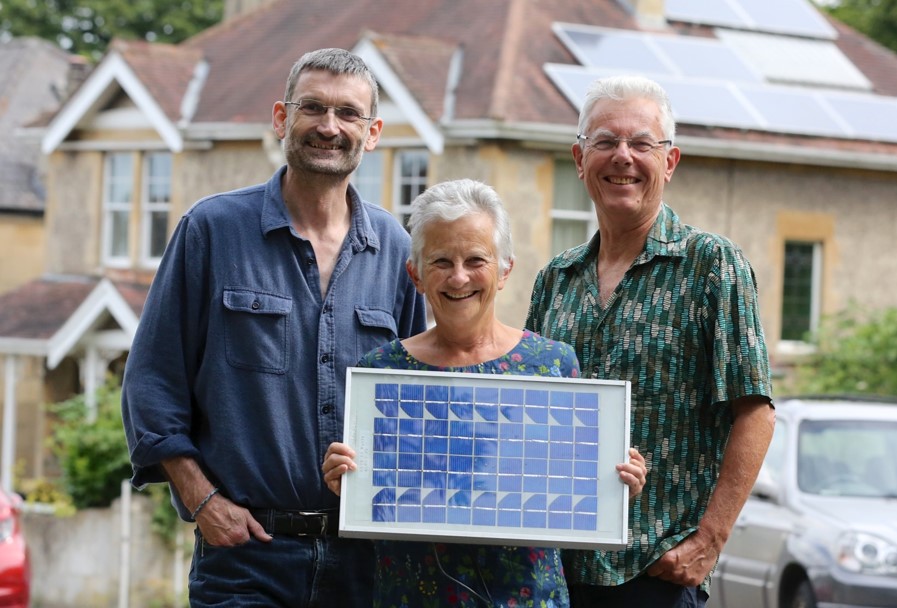Bath & North East Somerset Council has given us some helpful feedback on the proposed Fairy Hill community solar array.
The Proposal
Bath & West Community Energy (BWCE) are proposing a ground mounted solar array (‘solar farm’) in Fairy Hill (Compton Dando) that generates clean energy, recycles money back into the community, improves biodiversity and creates new community amenities.
In November/December 2021 BWCE and Zero Carbon Compton (ZCC) carried out a community consultation which received 130 responses with 70% in support of the proposal.

Environmental Impact Assessment (EIA) screening application
In May 2022 we submitted an ‘EIA screening application’ to the planning department at Bath & North East Somerset Council. EIA stands for ‘Environmental Impact Assessment’. An ‘EIA screening application’ is a pre-curser to the full planning application which will be submitted later this year.
EIA screening is a process which gives the planning department and the specialist council officers and statutory bodies the opportunity to provide an initial view on the proposed solar array and set out what they expect to see in a full planning application. Their interests include natural resources, ecology, landscape, cultural heritage, flooding, public health and highways access.
The response was received in August. As expected, the planning officer and specialist officers considered that the proposed solar array would not have a significant effect on the environment and that a full Environmental Impact Assessment would not be required. However, detailed information and studies are needed in a number of areas. The information and studies requested are as expected, and we are already working on them.
Preparing for the Planning Application
Some key considerations for the full planning application will include:
Natural resources and biodiversity
The planning application will include a current agricultural land grade survey confirming the land is ‘low grade’ and a habitat management plan which explains how the land under and around the panels will be managed to enhance biodiversity and wildlife. The plan will include sheep grazing within the solar array and the margins will be managed to promote wildflowers specifically for insects such as bees and butterflies. The hedgerows around the site will be managed to maintain their value for wildlife and promote flowering and fruiting of the hedgerow shrubs and trees. Further enhancements will be provided by installing bird nesting boxes and bat roosting boxes, and a log pile will be provided for reptiles and amphibians. The oak tree west of the field will be protected. The site will be managed in accordance with a Landscape and Ecological Management Plan that will be submitted with the planning application and accessible for comment by the Council and members of the public.
Following the community consultation and discussions with the landowner BWCE, ZCC and local supporters have been working together to develop the following features on the site surrounding the proposed solar array:
- Trees, hedges and plantations, including edible fruits/shrubs to attract wildlife.
- A walking route and a sensory path.
- Open spaces for sitting, possibly with logs.
- Educational boards (about both the solar array and local biodiversity).
Landscape and visual impact
The planning officer considered that, whilst the solar array would be visible in the landscape, it would not be prominent and would not have a significant detrimental impact on the greenbelt. The solar array will be visible from some local viewpoints including the path up Fairy Hill and the path along the River Chew. Tree planting will help screen the view from the river. The solar array will be largely screened from nearby houses including the Fairy Hill estate. Landscape impact will be a key consideration for the planning application and we will be adding to the preliminary landscape impact assessment to provide the further information requested.
Waste
The planning application will include a plan for decommissioning and recycling the solar array components at the end of their operational life. Solar array components are comprised of glass, silica, aluminium, steel, copper and plastic which are largely recyclable.
Flooding and water run off
The planning application will include a flood risk assessment from a specialist independent consultant. Based on experience at other solar arrays we are confident that the assessment will show that the solar array will not increase water run-off into the River Chew. The assessment will take into account the likely future increase in extreme rainfall events with climate change.
Noise
Solar arrays have no moving parts and make very little noise once operational. The full planning application will include a noise assessment which will provide evidence and re-assurance to residents on noise levels once the solar array is in operation.
Other information requested includes:
• Confirmation there will be no artificial lighting
• A construction management plan
• Access plans
• A cultural heritage assessment
• Information on how fire and safety risks will be managed in accordance with national regulations.
These are all standard requirements for a solar array application.
What happens next?
We are working with our planning and specialist independent consultants to prepare the studies and reports in readiness for a full planning application a full application. We will be keeping the community updated and once the application has been submitted there will be an opportunity for local residents to register their comments and their level of support for the application on the Council planning portal. The planning application will also come before the Parish Council to formally consider as a statutory consultee.


